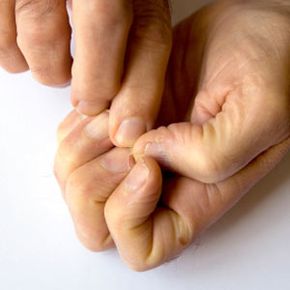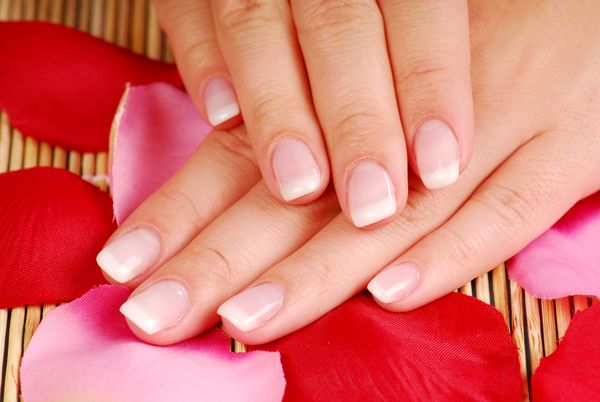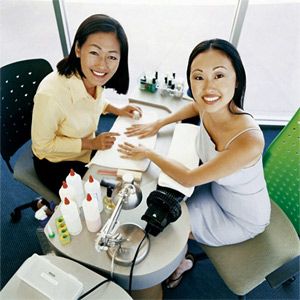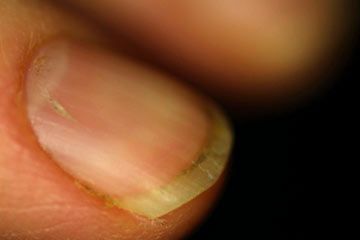Your fingernails say a lot about you. Neatly trimmed and well-maintained nails hint that you take care of yourself. Nails bitten to the core signal that you may be anxious and stressed. But split and cracked nails mean your nails need a little attention -- otherwise, they may catch somebody else's.
When your nails start to crack and split, it's natural to point the finger at something in your life. You may think you need to eat more gelatin or take iron supplements, but neither of these is to blame -- cracking, splitting nails typically result from repeated exposure to water over long periods of time. Baths, showers, dishwashing and swimming can all break down the cells that hold your nails together, and so does frequent use of nail polish and nail polish remover [sources: Gibson, Mayo Clinic].
Advertisement
But you can repair the damage. Before you call the salon to schedule an emergency manicure session, take a good look at your nails. If they're dry and cracking, it's going to take time and patience to repair them. Fingernails grow slowly at a rate of about 0.08 to 0.12 inches (2 to 3 millimeters) per month. Because it takes your nails three to six months to grow from cuticle to tip, you'll have to maintain treatments and preventions for a while [sources: American Academy of Dermatology, Nemours Foundation].
Before you do anything with those cracked nails, you need to gently clip excess parts that could catch on something and cause tears that go deeper into the nail bed. Then you need to figure out what's making your nails crack and split. Keep reading to what causes cracked nails and how to treat them.
Advertisement



